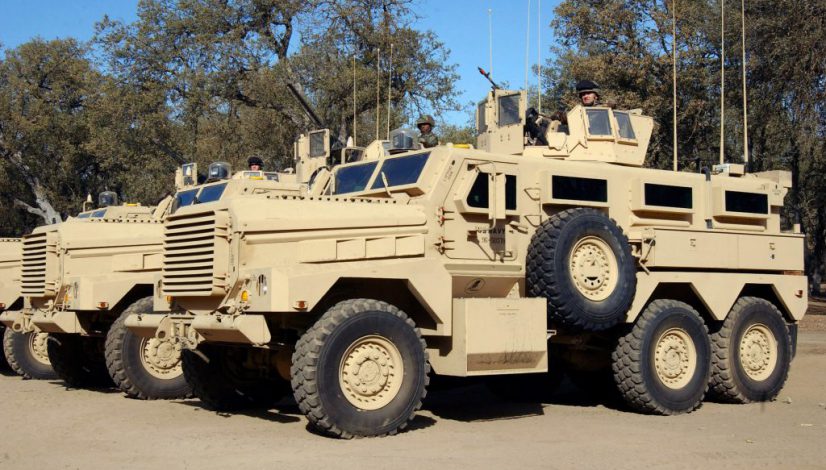The Advantages of Chemical Agent Resistant Coating (CARC Coatings)
One of the recent advances made in armament technology is Chemical Agent Resistant Coating (CARC). The paint has a myriad of benefits and is vital in keeping US military vehicles safe in conflict zones.
The Need for CARC Paints
When the US military deployed to the Persian Gulf in the early 1990s, most heavy equipment was coated with camouflage paint for jungle or forest environments. In overhauling the coatings of military vehicles for a tan color scheme, a new technology emerged to address the problem of chemical warfare agents.
Most paints are rather porous. This leads to great difficulty in cleaning tactical vehicles and heavy equipment subject to exposure to biological agents and toxic chemicals commonly seen on modern battlefields. CARC paint was the resulting solution developed by the United States Armed Forces and owned by the US government. There are only a few manufacturers licensed to produce CARC paint for the military.
This coating is non-porous and highly resistant to chemical and biological agents. Therefore, it is in high demand, and suppliers are limited. Furthermore, its advantages are significant.
Do you like what you are reading? Follow us on Social Media. We are on: [et_social_follow icon_style=”slide” icon_shape=”rounded” icons_location=”left” col_number=”auto” spacing=”true” outer_color=”dark” network_names=”true”]
Chemical Agent Resistant Coating – CARC Benefits
Chemical Resistance: Because the vehicles painted with CARC are so impervious to chemical agents, there is less risk to personnel. CARC paints are non-absorbent, thus preventing the transfer of harmful agents to those who come in contact with these surfaces. The paint even protects against radioactivity.
Ease of Decontamination: Decontamination is highly expensive and time-consuming, but necessary to reduce exposure to harmful agents. However, because these paints are so resistant to these deadly agents, it is much easier to neutralize these surfaces. Furthermore, Chemical Agent Resistant Coatings are more durable and hold up better against decontaminating solutions.
Superior Camouflage: CARC paint also includes a unique pigment package that confuses infrared technology. Previous coatings were more visible to infrared cameras. But CARC paint blends the vehicle in with its surrounding environment, thus enhancing its ability to go undetected even to infrared.
Chemical Agent Resistant Coating Process
The process of painting a vehicle with CARC is a three-tiered system involving:
- Pretreatments (typically .3-.5 mils thick)
- Primers (typically 1-1.5 mils thick)
- Topcoats (typically 1.8+ mils thick)
Surfaces are first pretreated and then given a primer of epoxy. Hull-type vehicles receive an additional coat of epoxy polyamide enamel over the epoxy primer on the interior surface. Last comes the topcoat of aliphatic polyurethane. Major components with exposed surfaces are noted with a stenciled “CARC” near the data plate.
This careful system results in a component or vehicle that is highly resistant to biological agents, chemical warfare agents, and radioactive elements. Chemical Agent Resistant Coating technology promotes enhanced safety for the troops and reduced costs for the government.
Please share this article with your colleagues using these social media icons below:

